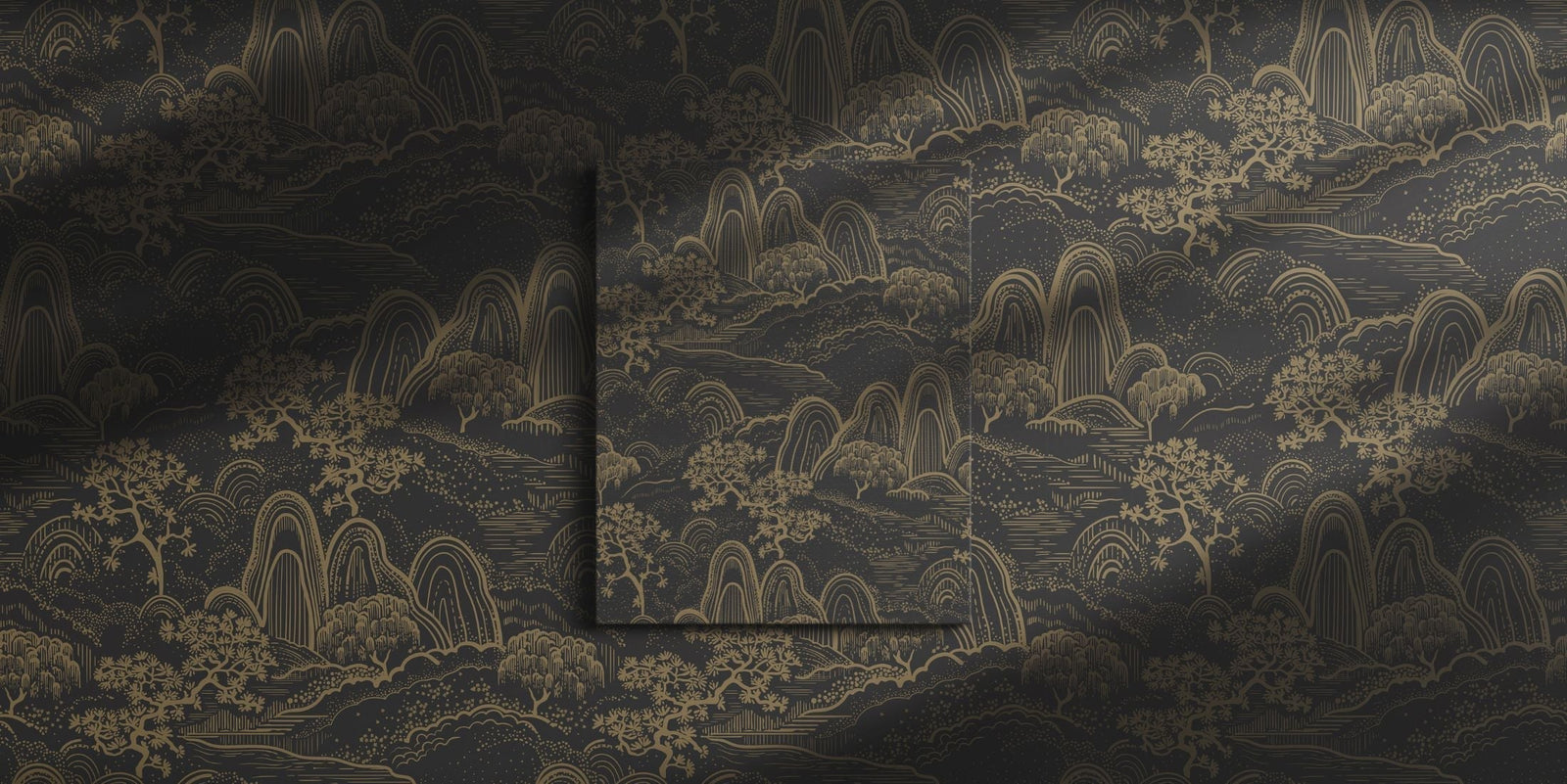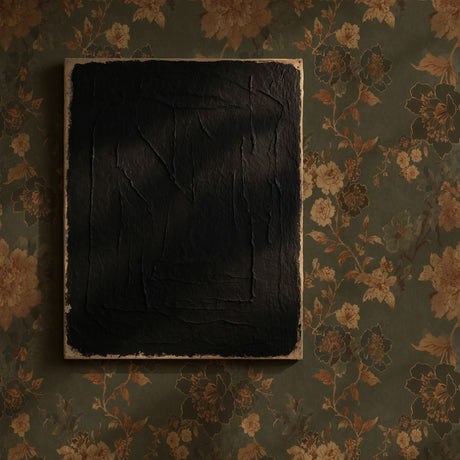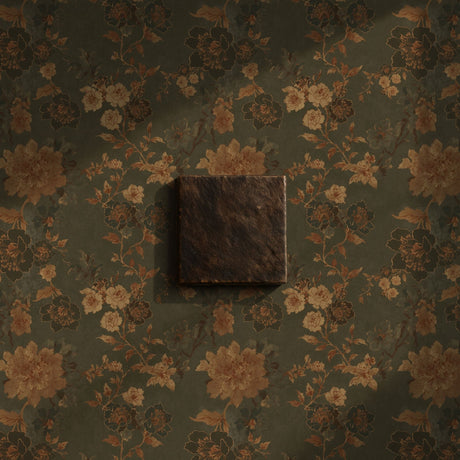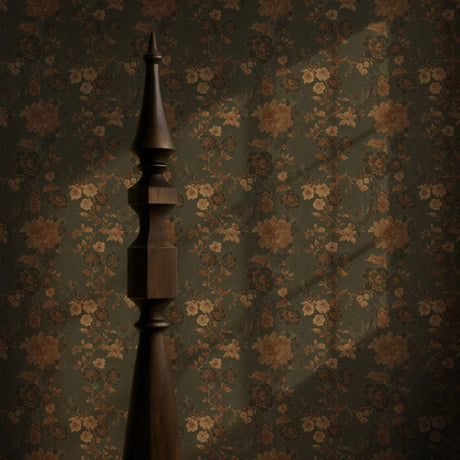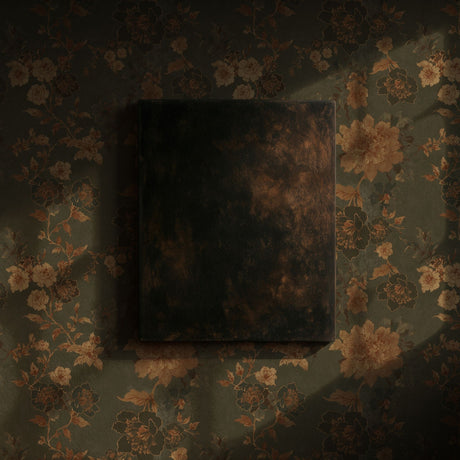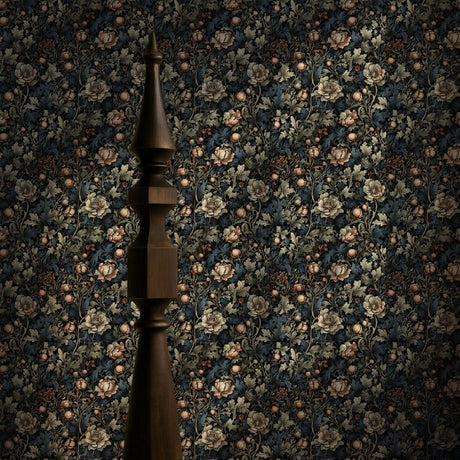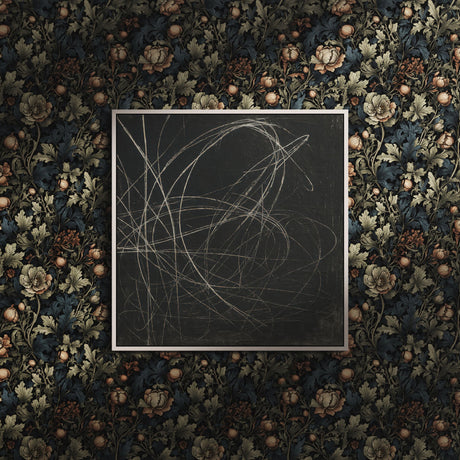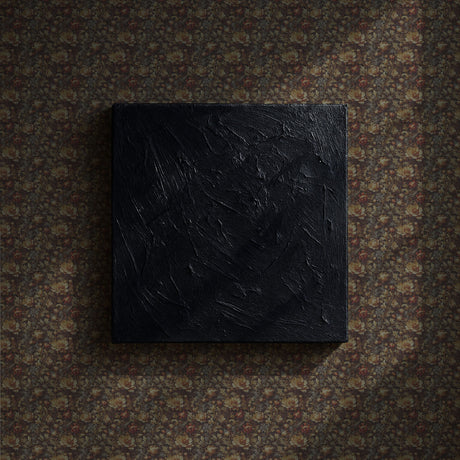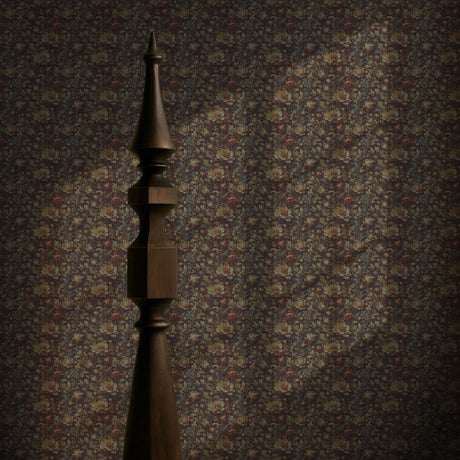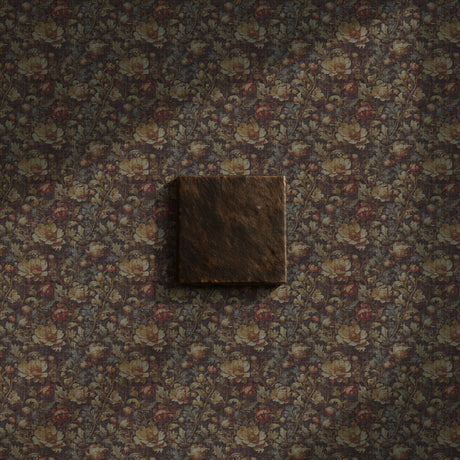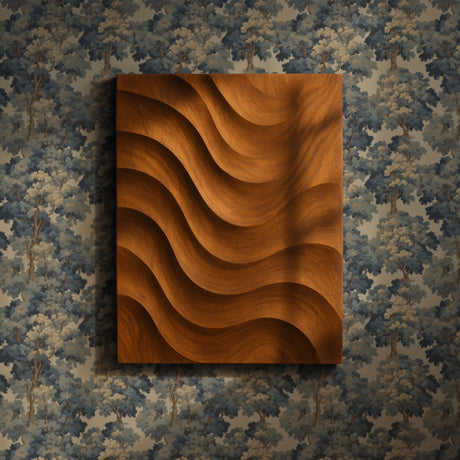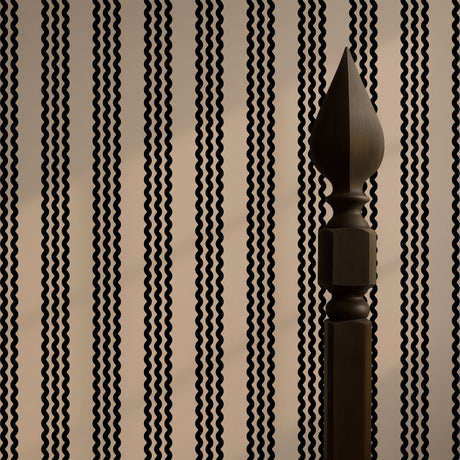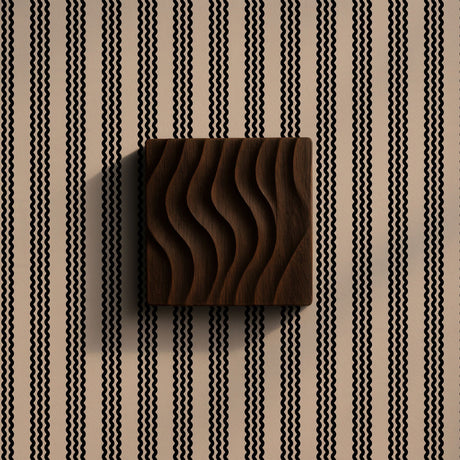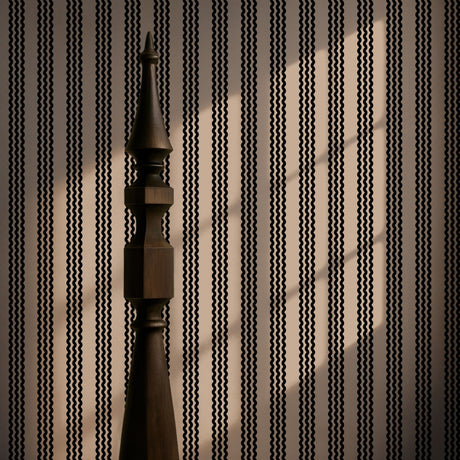How to Vet a Wallpaper Installer (and Avoid a DIY Disaster in Disguise)
Hiring a professional wallpaper installer should make your life easier, but not all "professionals" are created equal. We’ve seen countless cases where wallpaper fails, not because of the product, but due to poor preparation or improper installation. That’s why it’s crucial to properly vet your installer, especially for peel-and-stick or pre-pasted wallpaper, which require specific techniques.
What to Look For in a Good Installer
1. Proven Experience (with your wallpaper type)
Not all wallpaper is the same! Make sure they’ve worked with:
- Peel-and-stick wallpaper
- Pre-pasted wallpaper
- Traditional non-woven wallpaper
- Commercial Type II vinyl (ideal for high-traffic or commercial spaces)
2. Portfolio & References
Ask to see past projects, particularly those similar to yours. Bonus points if they can provide client references or reviews.
3. Knowledge of Surface Prep
A good installer should understand that:
- Walls must be primed (not just painted)
- Unsealed drywall is a no-go
- Fresh paint needs to fully cure, not just dry
- Textured walls should be skim-coated or sanded smooth, then primed
Questions to Ask Before Hiring
- How do you prep the wall before installation?
- Have you worked with this particular wallpaper before?
- What primer do you recommend for wallpaper installation?
- How do you handle shrinkage with pre-pasted wallpaper?
- What’s your process for bathrooms or high-humidity spaces?
- Do you guarantee your work or offer a fix if something goes wrong?
Red Flags to Watch Out For
- They say painting and priming isn’t necessary (it absolutely is!).
- They want to install over unpainted, unprimed drywall.
- They want to install it on a dirty or dusty wall.
- They claim peel-and-stick is unreliable, when often the wall just isn’t prepped correctly.
- They stretch pre-pasted wallpaper during application (this causes shrinkage later).
- They don’t ask about your wall texture, paint age, or humidity levels.
- They downplay issues with your wall's surface, like texture, moisture, or improper paint, just to secure the job.
- They overlap the edges of the wallpaper instead of using the butt seam technique, ignoring the manufacturer's instructions.
- They don’t read or follow the manufacturer’s installation instructions.
Pro Tip: Get the Manufacturer Instructions in Their Hands
Always provide your installer with the official prep and installation guide for your wallpaper. If they dismiss it, that’s a major red flag. A professional won’t mind reading a few extra pages to ensure the best result.
Final Thoughts
A beautiful wallpaper job starts with the right prep and the right installer. Don’t be afraid to ask questions, request references, and walk away if something feels off. Your walls and your wallet will thank you.
